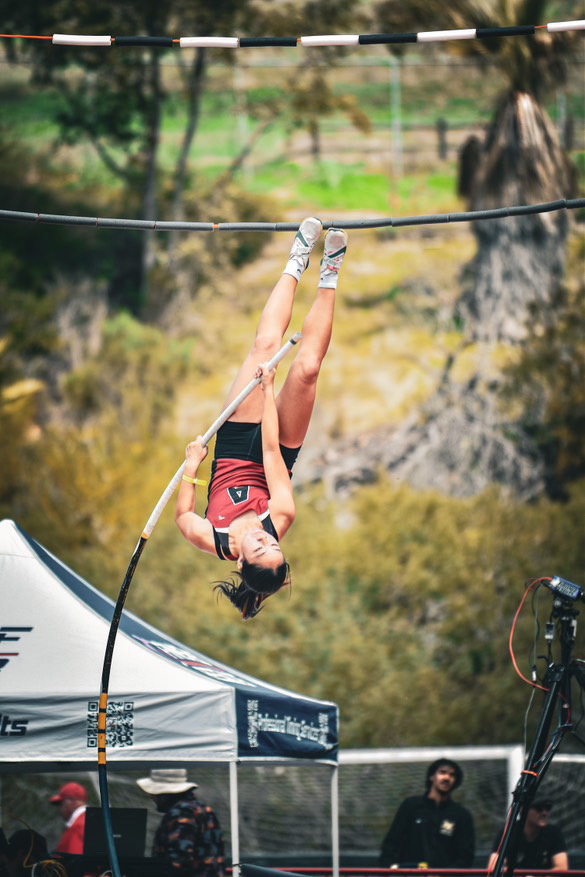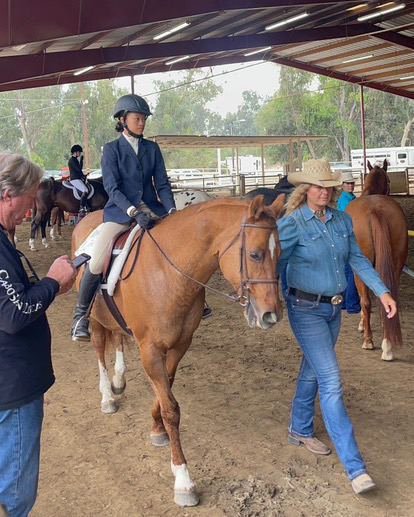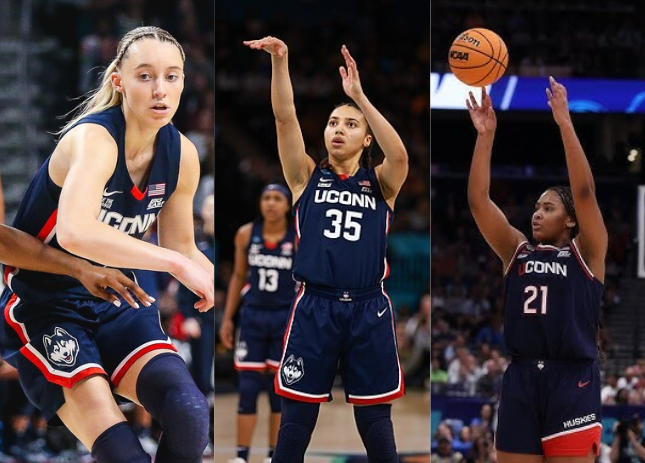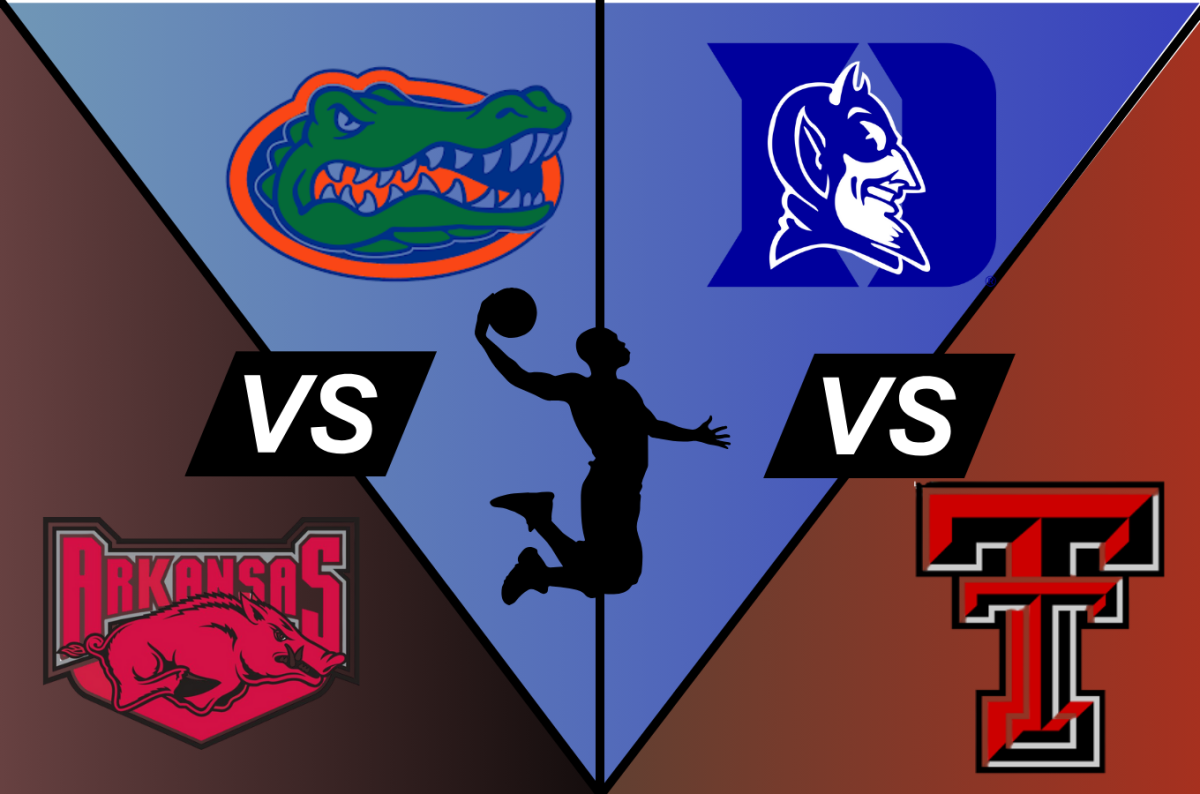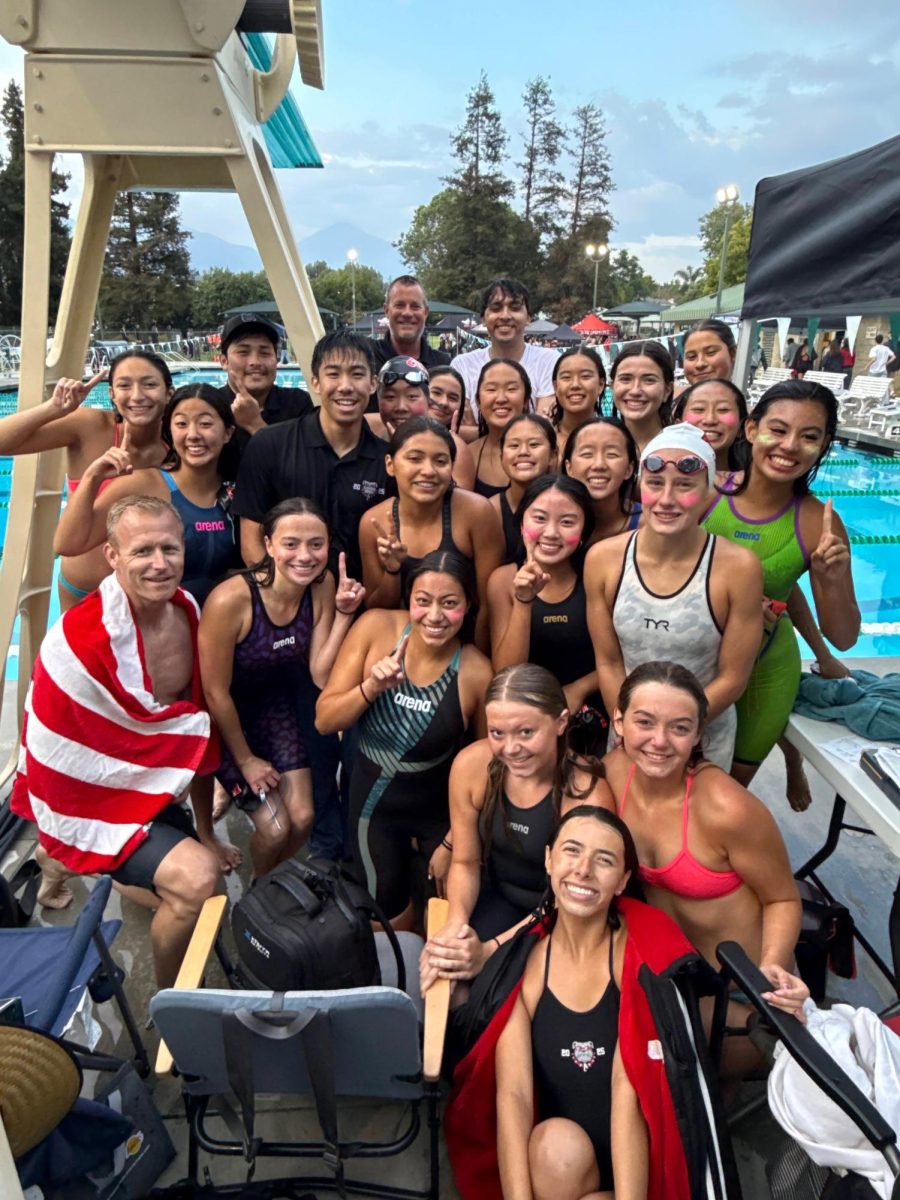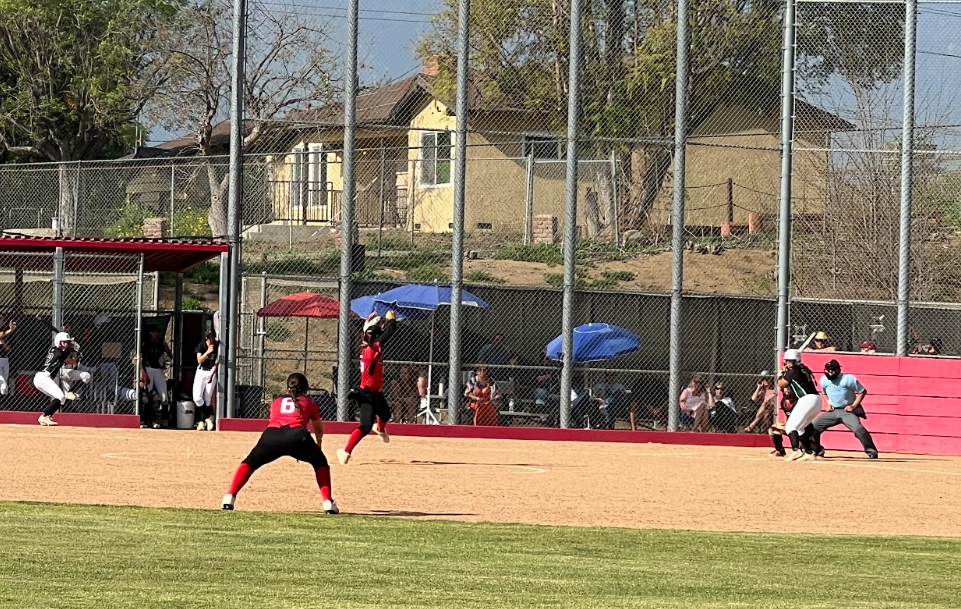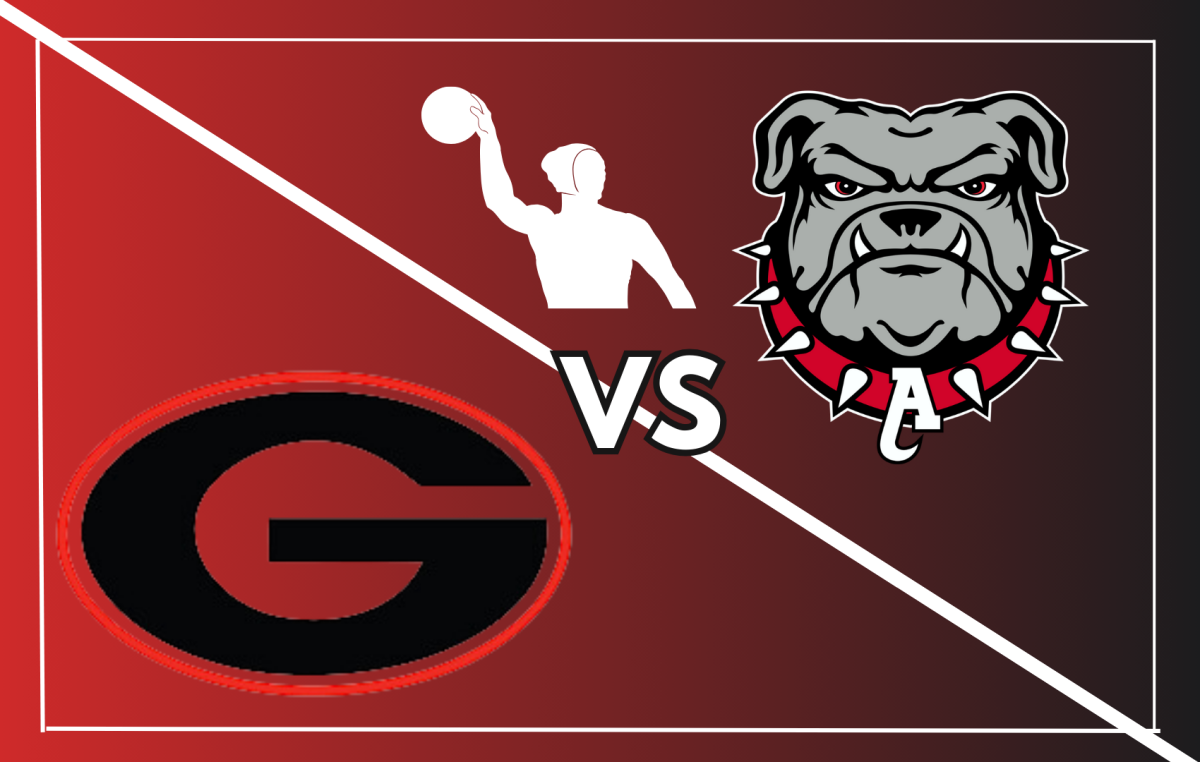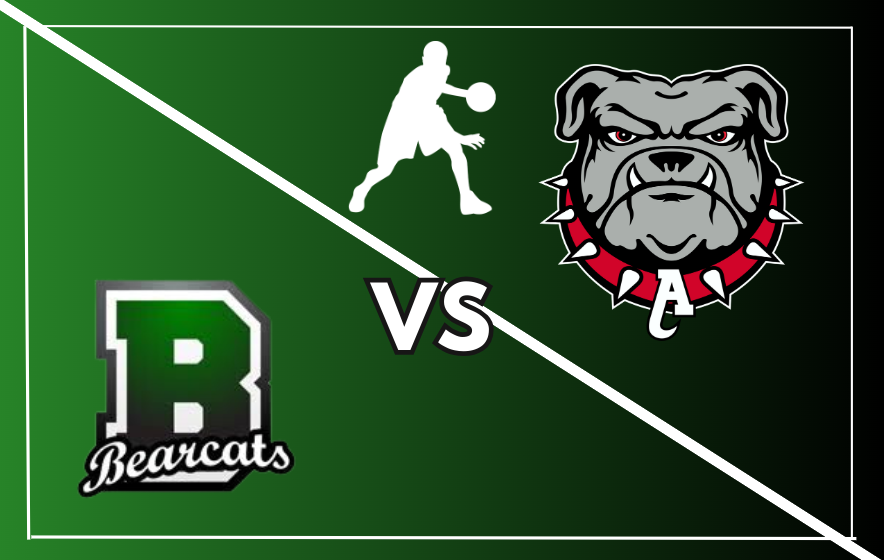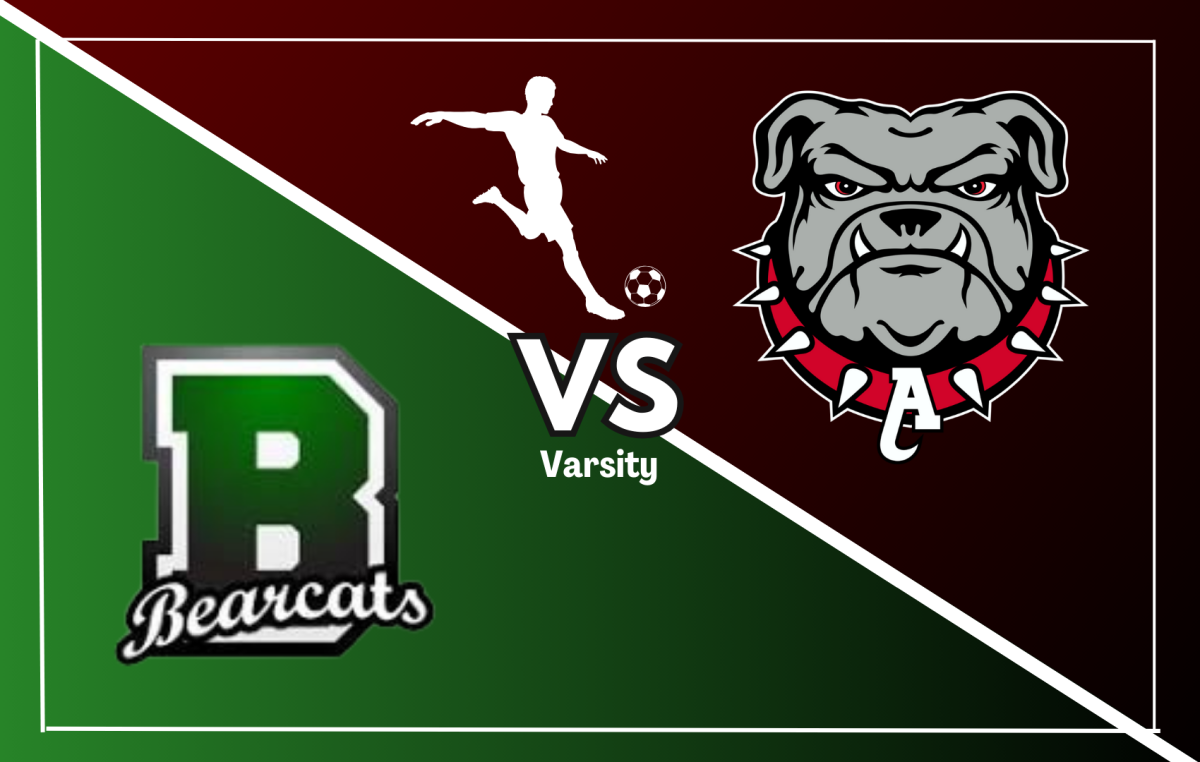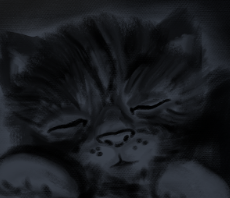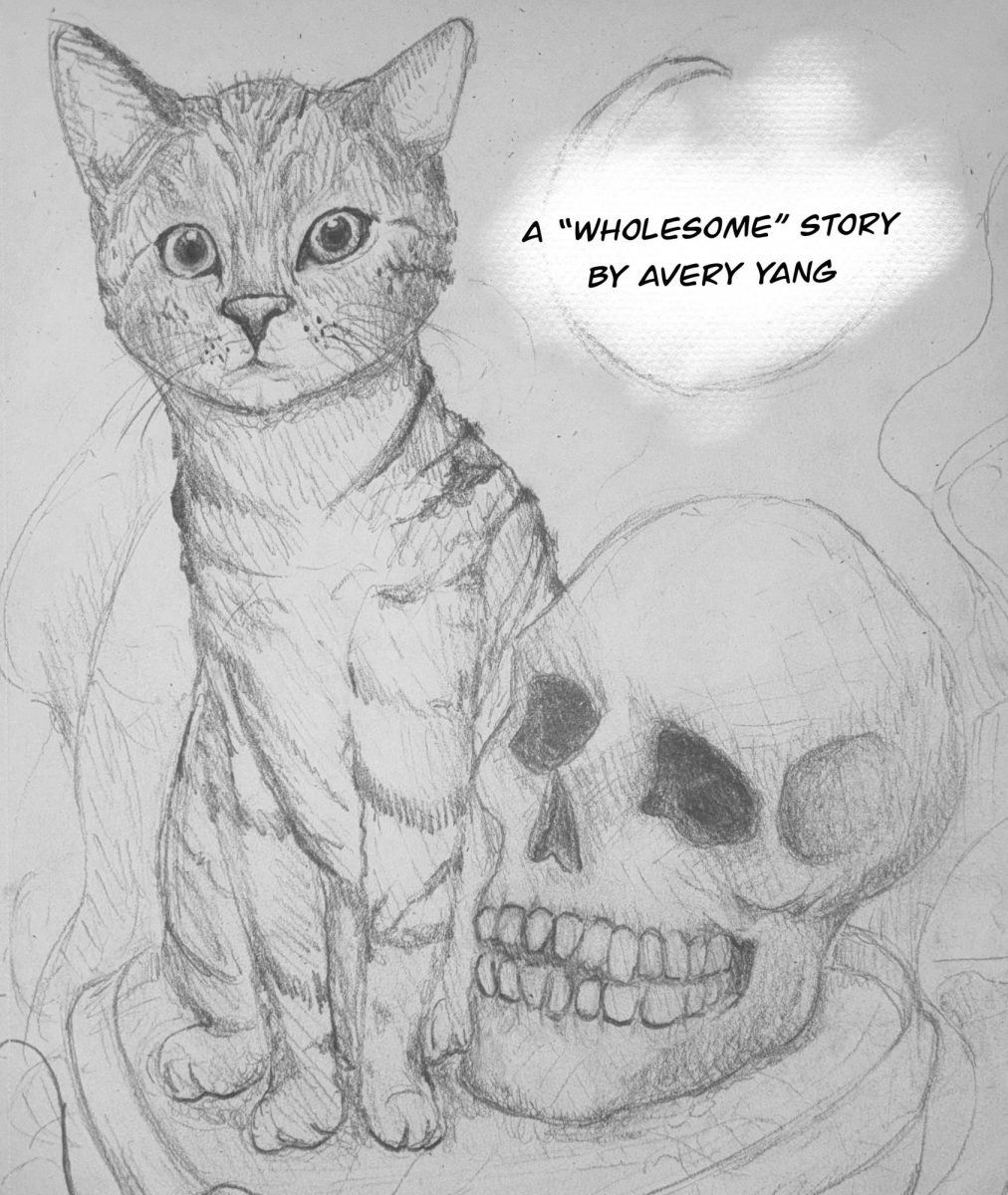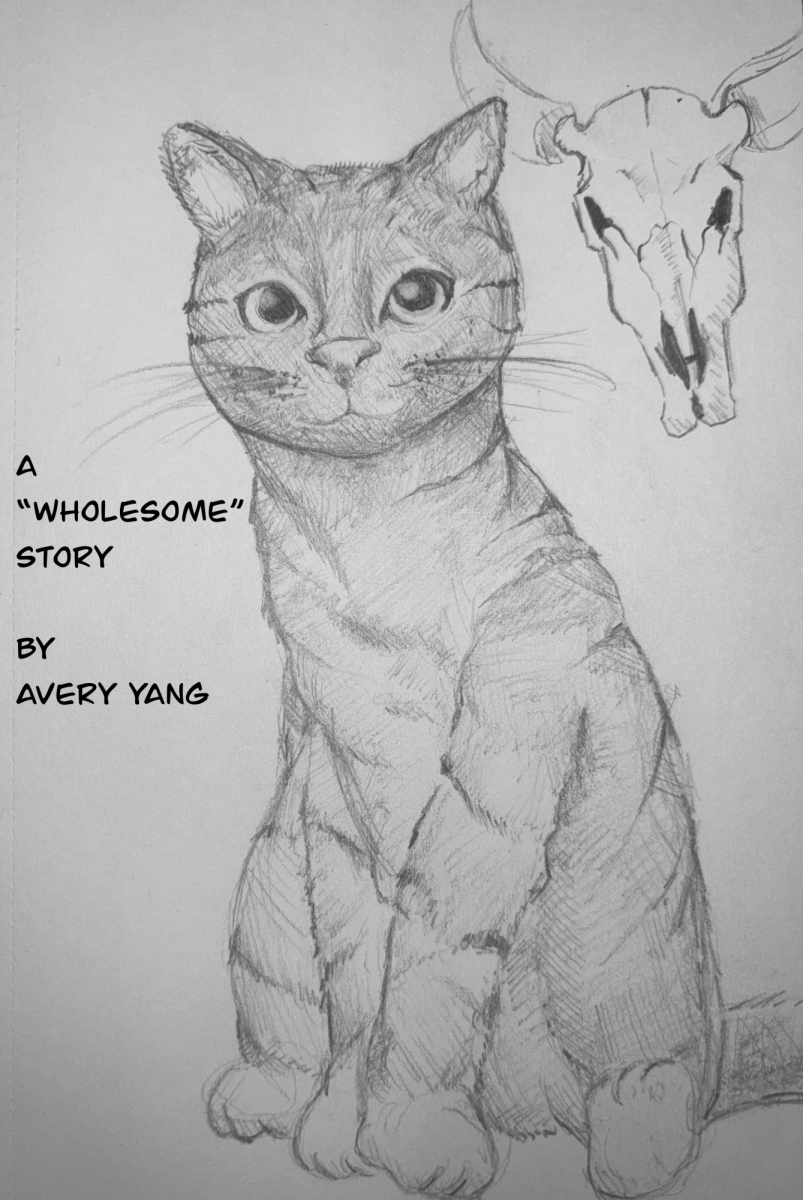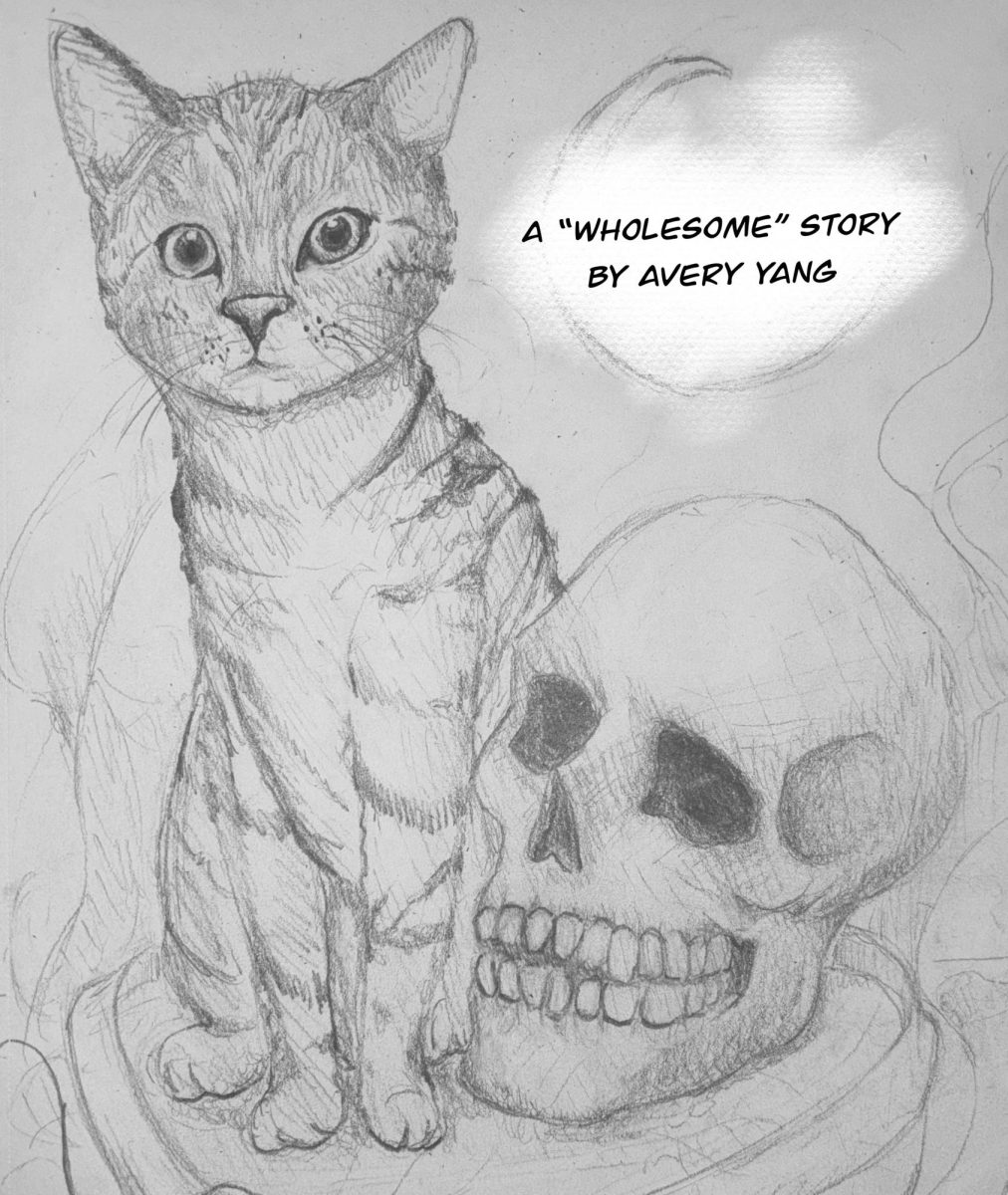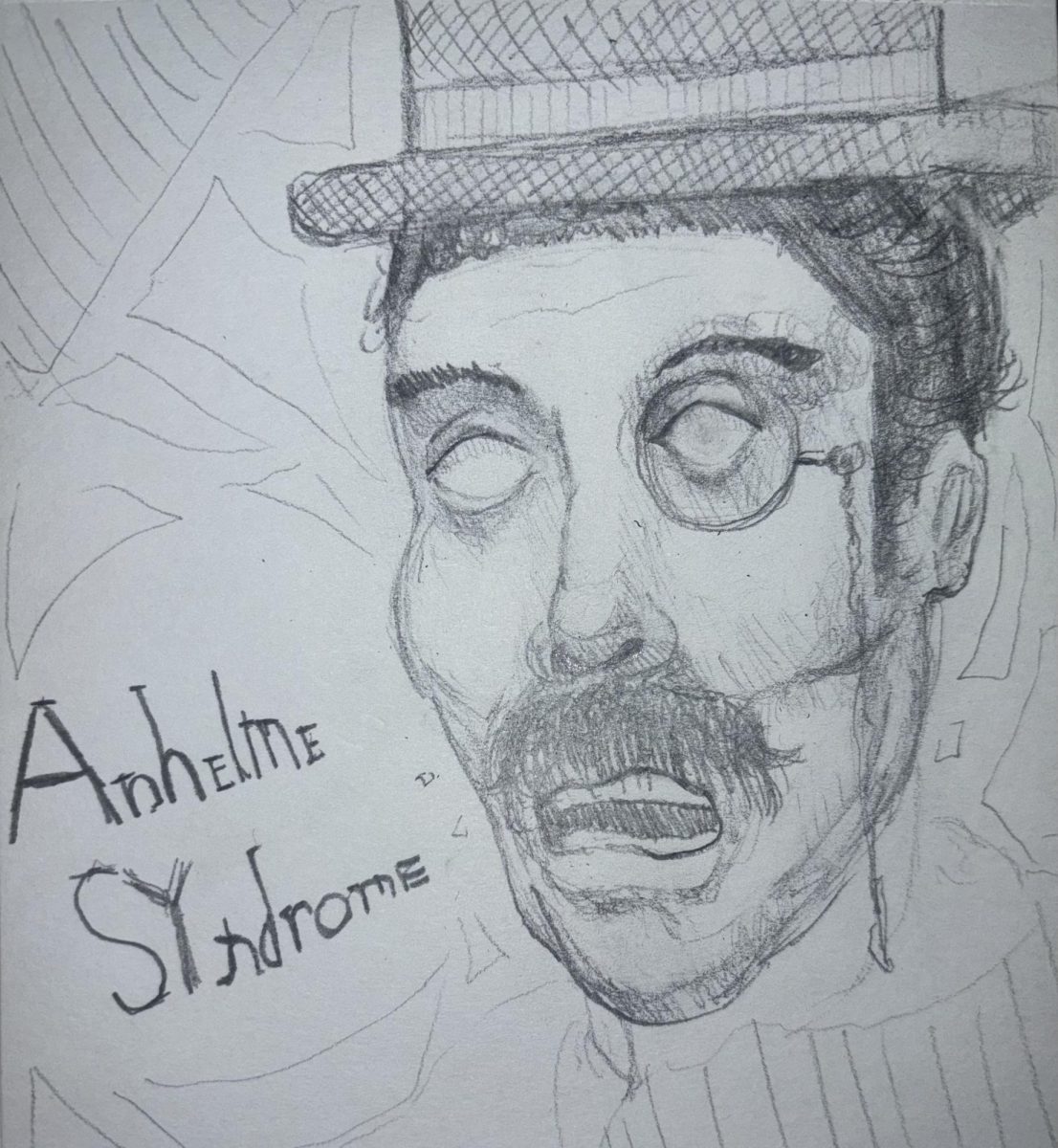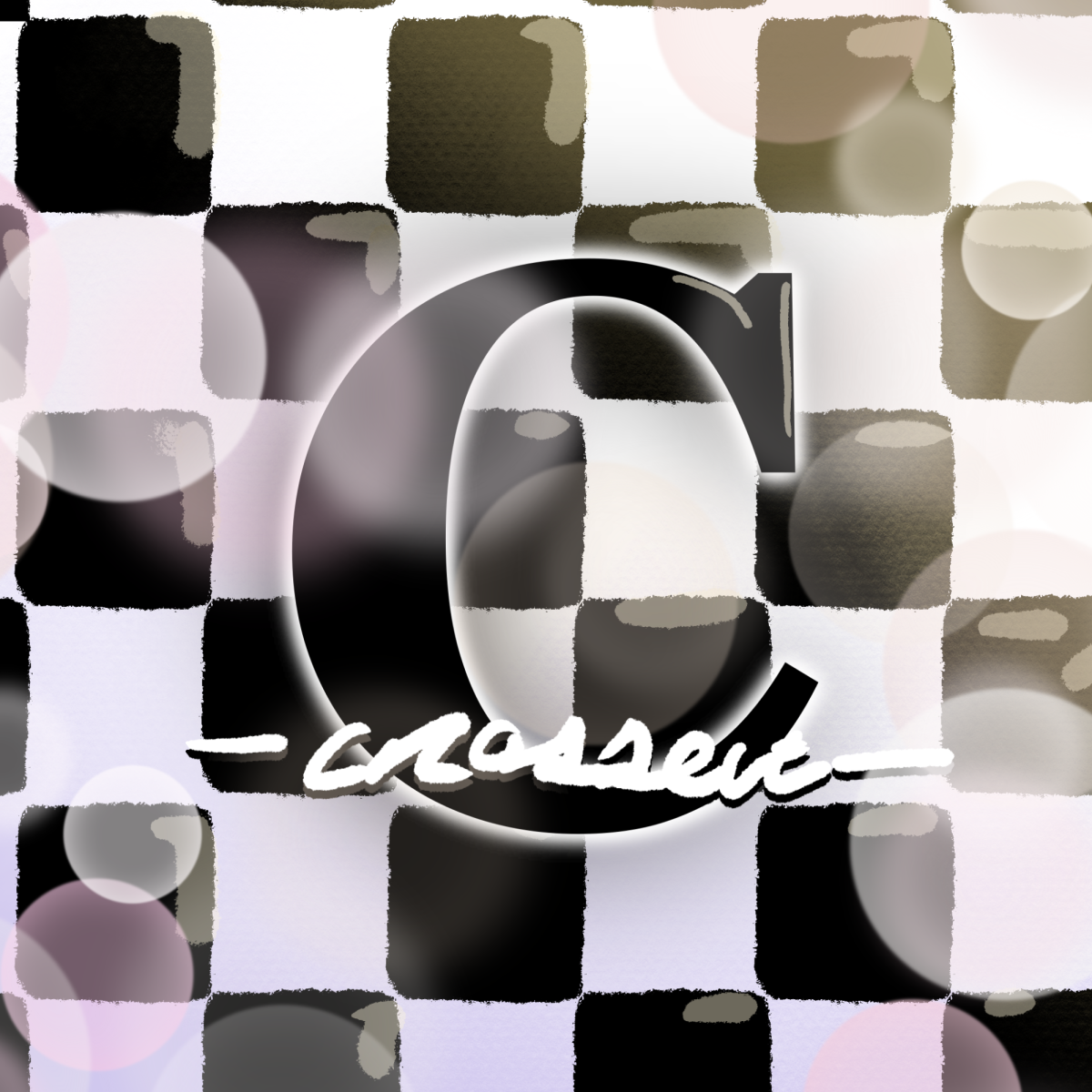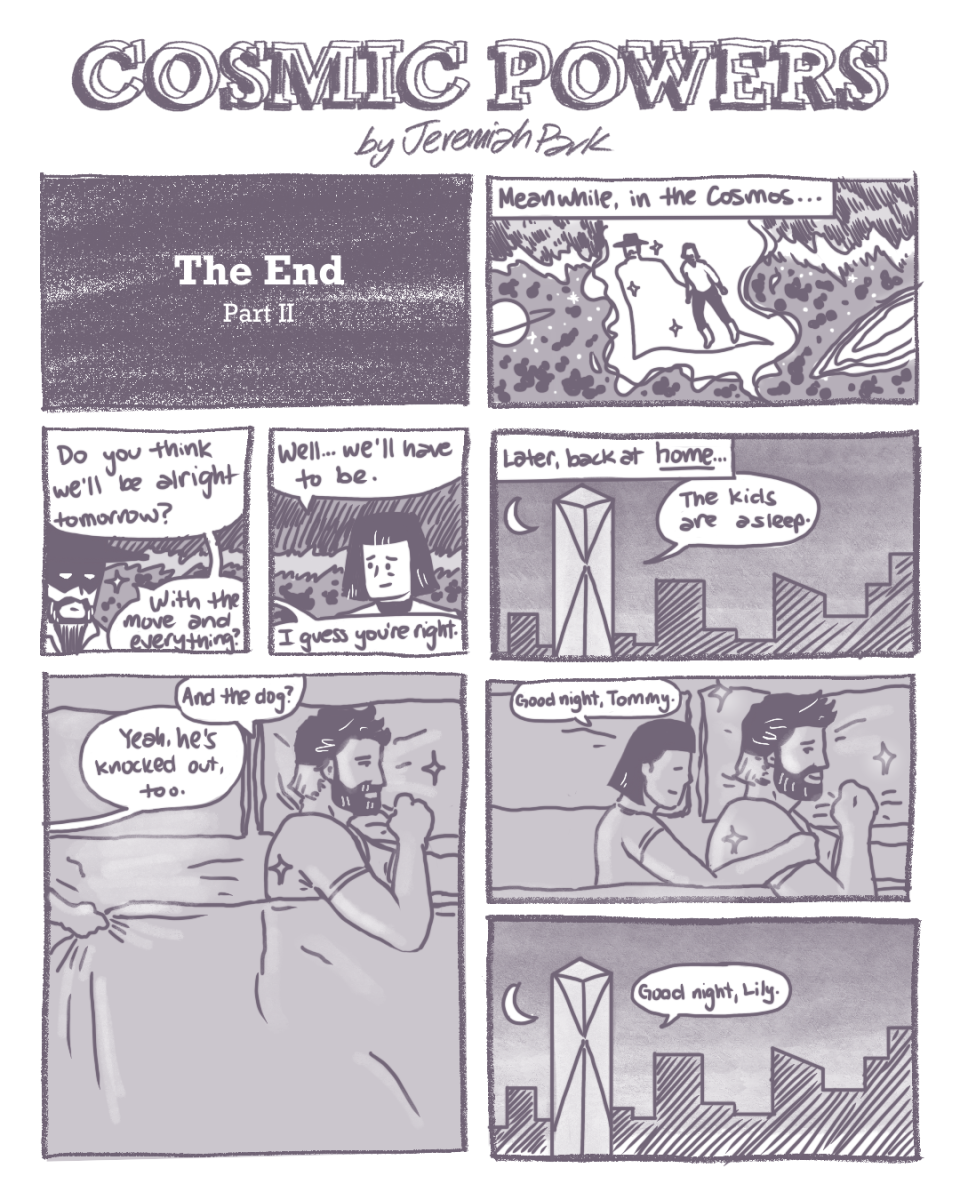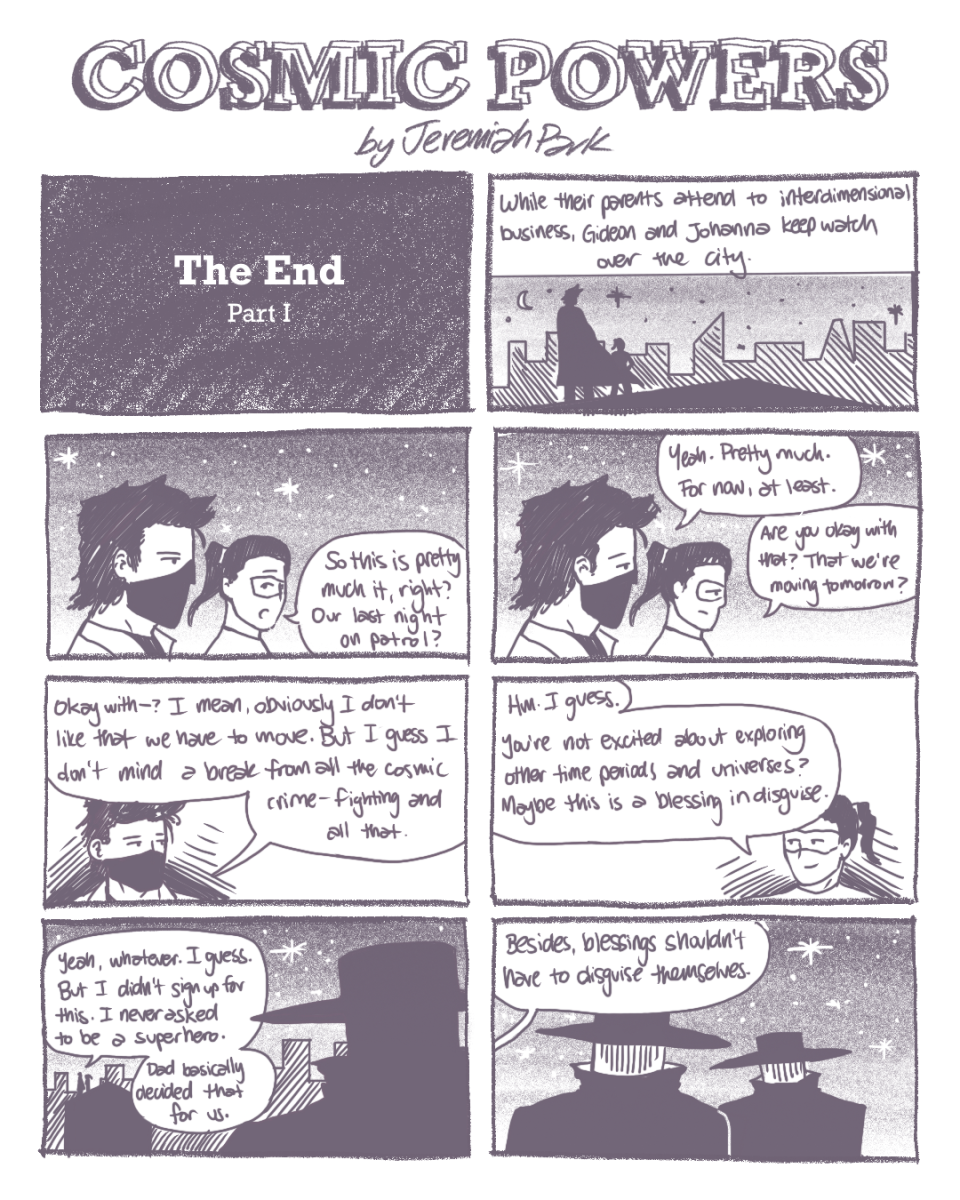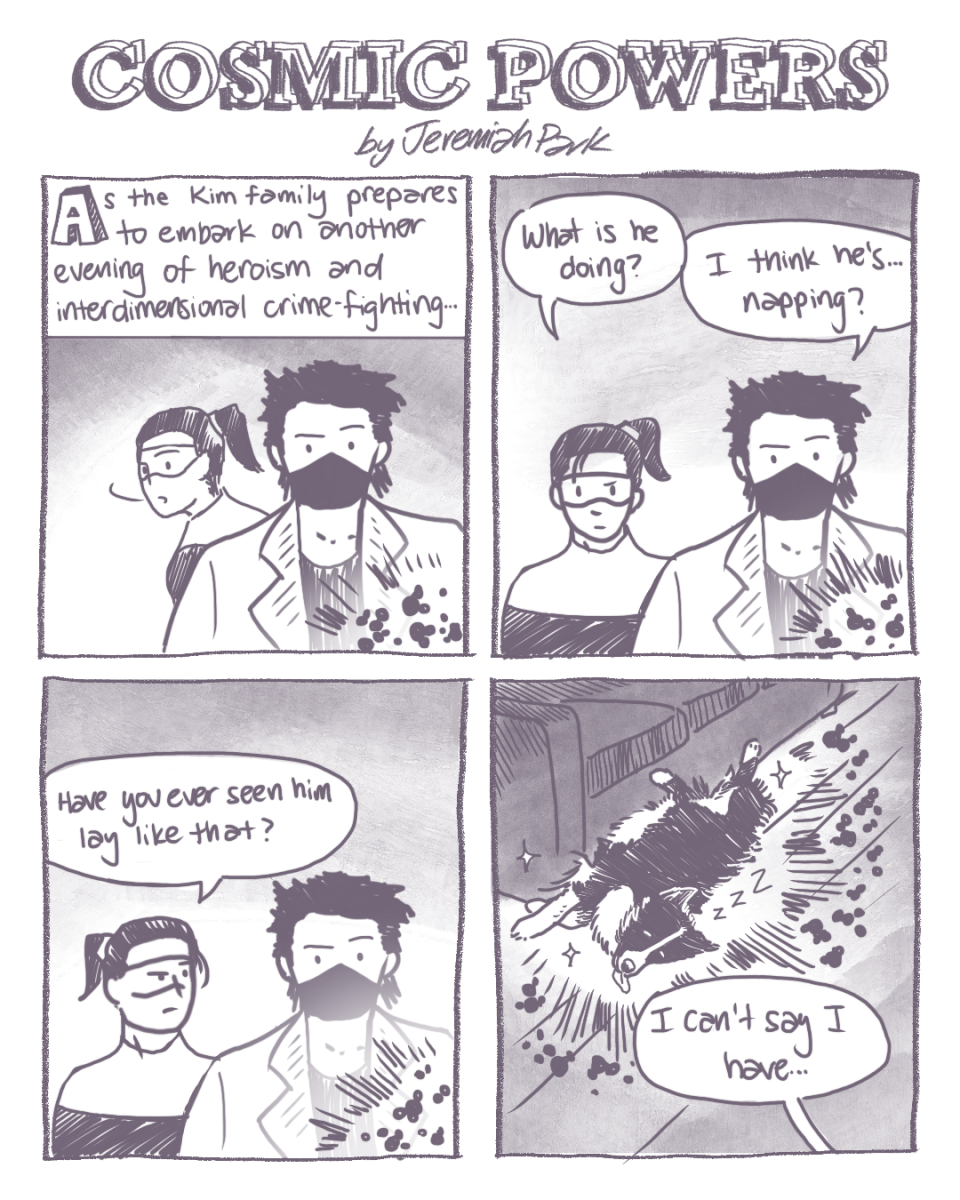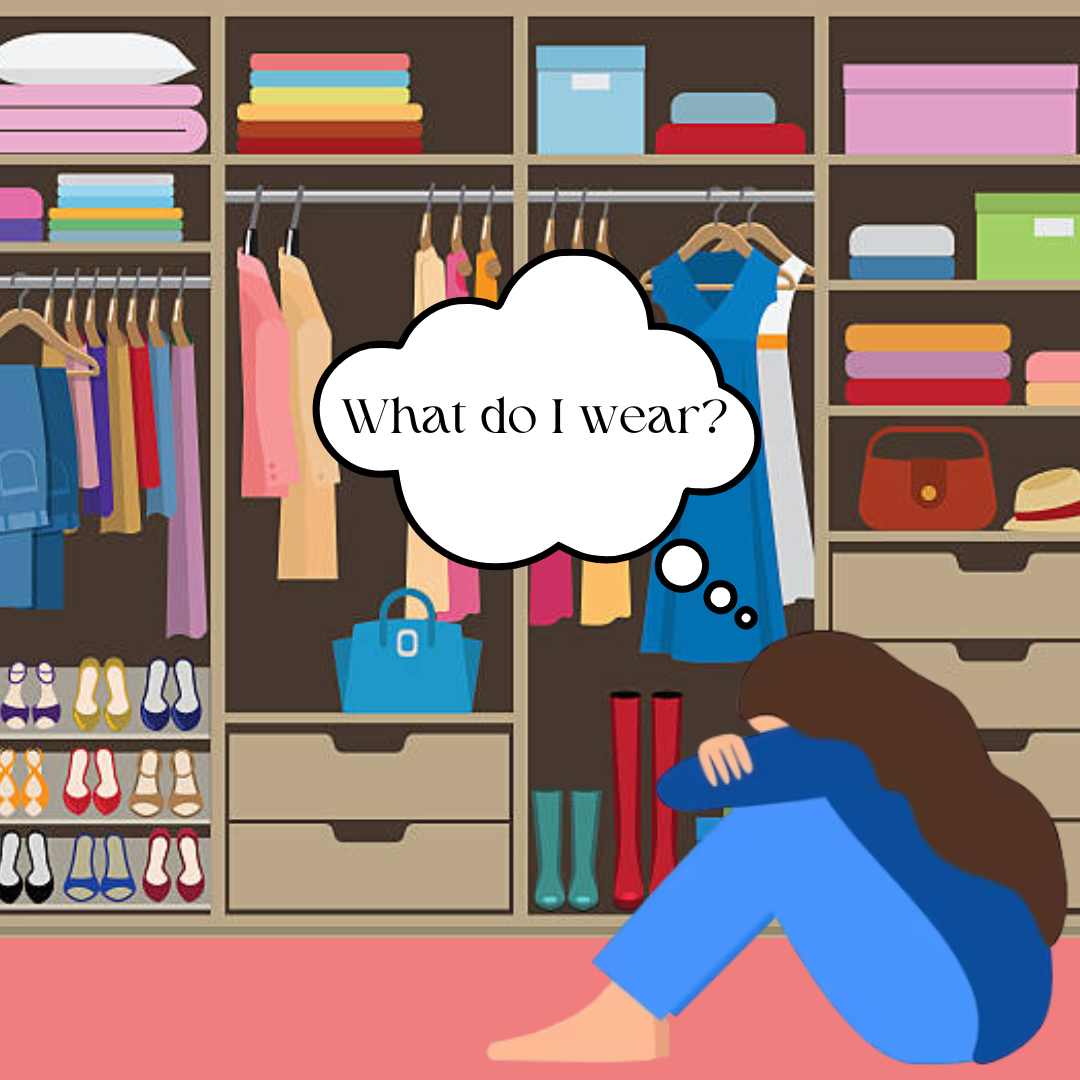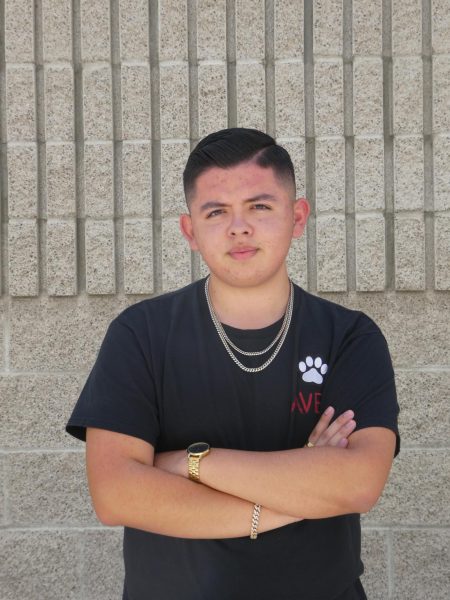The dress code has been a consistent topic of discussion at Chino Valley Unified School District (CVUSD), more specifically, at Ayala High School. With the times changing and the latest fashion trends becoming increasingly popular, many wonder if the dress code will change with the modern age.
“Yes [the dress code should be changed] to accurately represent our modern times, and the way people express themselves these days,” senior Leviticus Staggers said.
Staggers’ thoughts are shared with many other students on campus, as they feel as though the dress code is slightly outdated. Part B under “Dress Code” of Ayala’s Parent Student handbook states that there should be no “bare midriffs…tube or strapless tops…off the shoulder or low cut tops,” and is followed by the consequences students would face for each violation.
While taking a walk around campus, students can point their finger in any direction and find a direct violation to the dress codes that are so heavily disproved by students; more specifically, the female students who feel as if they’ve been targeted more than their male counterparts.
“I’m not a fan of [the dress code] because it limits women’s freedoms. I haven’t seen a man be dress-coded before even though I can see men’s nipples half the time,” Staggers stated. “What’s the difference between a woman’s nipple and a man’s nipple? There is none.”
Nudity, as one can assume, is prohibited under the dress code. This, of course, raises the question about the disparity in dress-coding for men and whether or not there should either be harsher punishments for men or alleviated harshness on the girls. For one case in particular, this harshness seemed to cross a boundary.
“I got dress coded once, it was for a shirt but they thought it was a bralette. I even had something to cover up but they still dress-coded me,” Ryanna Alano (12) said. Her frustration is shared with many other girls on campus, as many more also feel as though the dress code is more restrictive for women than for men.
Ayala students have also noticed that the dress code does not get used often. “The dress code is not strictly enforced, but when it is brought to an administrator’s attention, it is only for females,” Alano said. “There are males in my grade that show their chest, which is completely against the dress code, but if a female were to wear a similar shirt, she’d be dress coded and a parent would be called.”
Not only does the dress code not seem to be strictly enforced, but when it is implemented, those receiving the consequences have primarily been women. This fact brings to light the nationwide bias of dress codes in schools across the country, where women feel as though they are receiving the bulk of the ramifications for dressing inappropriately, or as the Chino Valley Unified School District dress code stipulates, “disrupt[s] or threaten[s] to disrupt the educational or instructional process.”
Of course, it’s impossible to consider the effects of the dress code without including input from administration that accurately reflects their thoughts on their enforced guidelines. Of such thoughts, there were admittedly very few; when contacted concerning details surrounding the dress code, the following statement was issued by Principal Yarboi through Assistant Principal Durham:
“Ruben S. Ayala High School follows AR 5132 which addresses the dress code for the Chino Valley Unified School District. This dress code policy can be found online on the Chino Valley Unified School District website or Ruben S. Ayala High School website.”
Attached was the AR 5132 document for our convenience.
With style becoming an increasingly important factor in high school settings and a lack of transparency from those enforcing rules against it, students have earned the right to feel conflicted about how they should be dressing every day when they come to school.

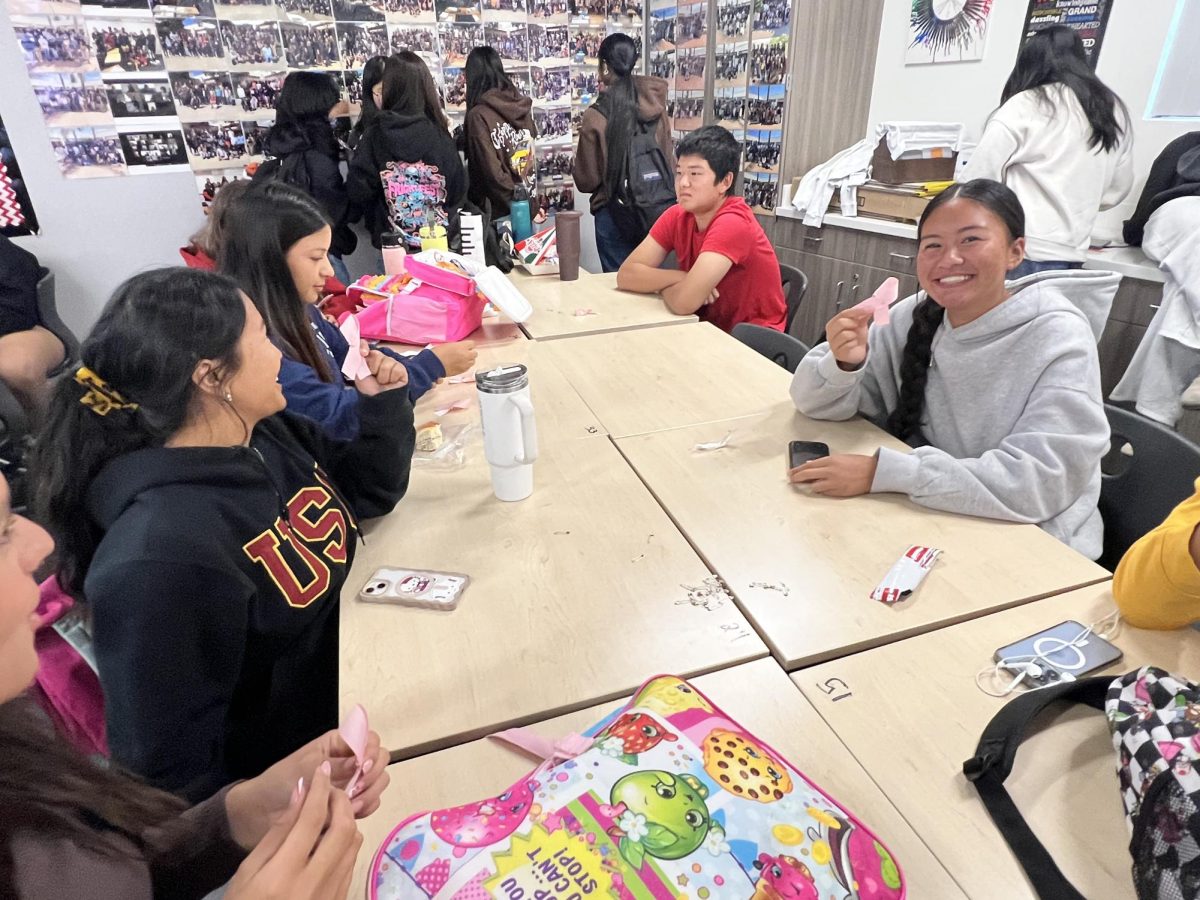
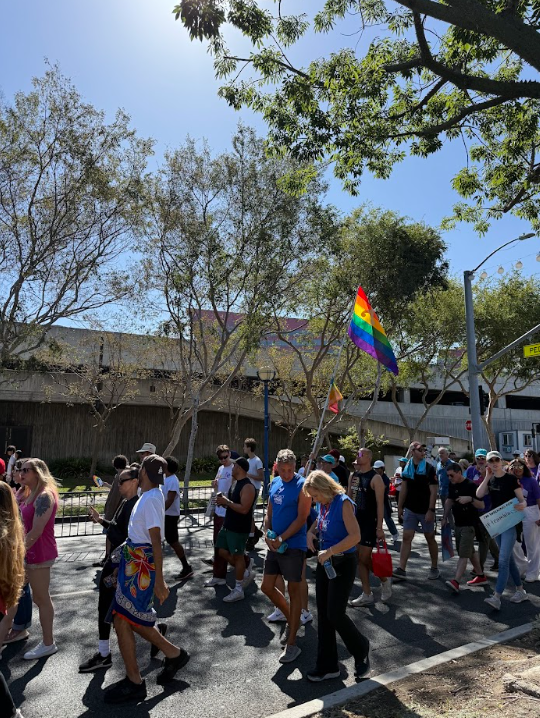

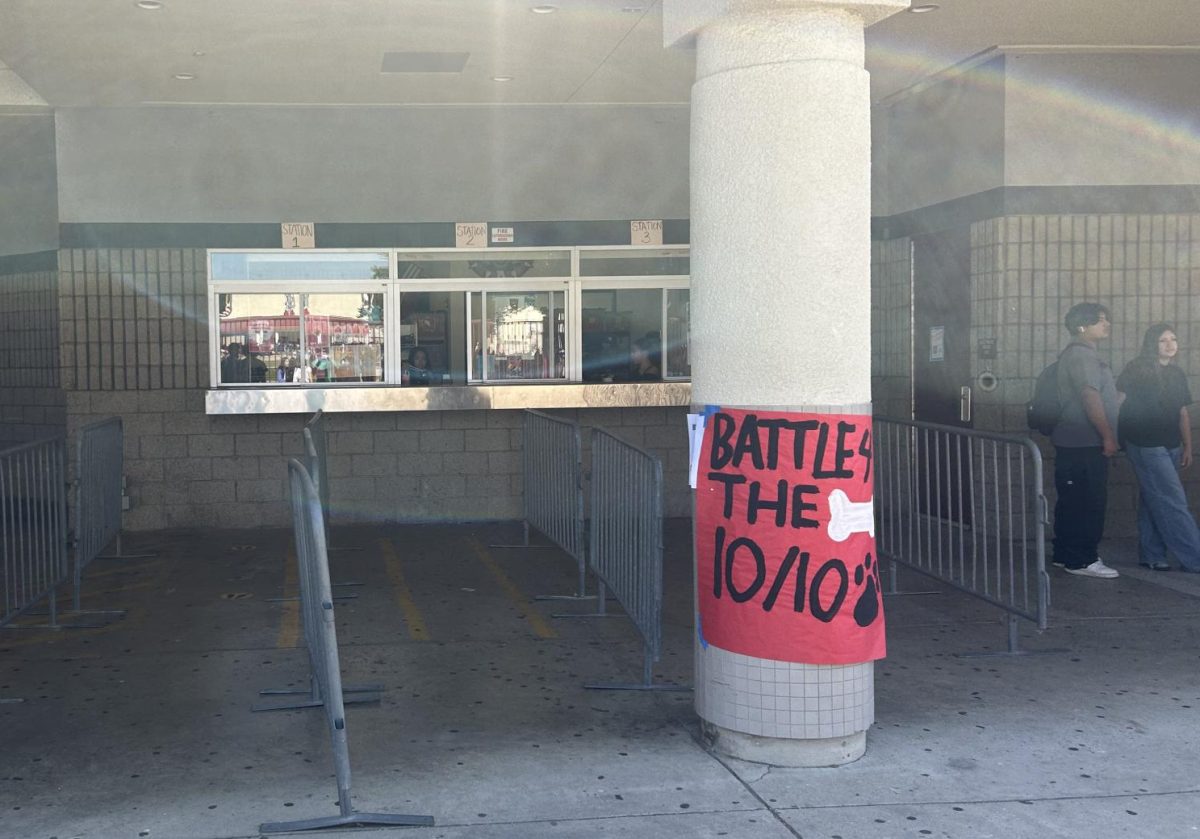
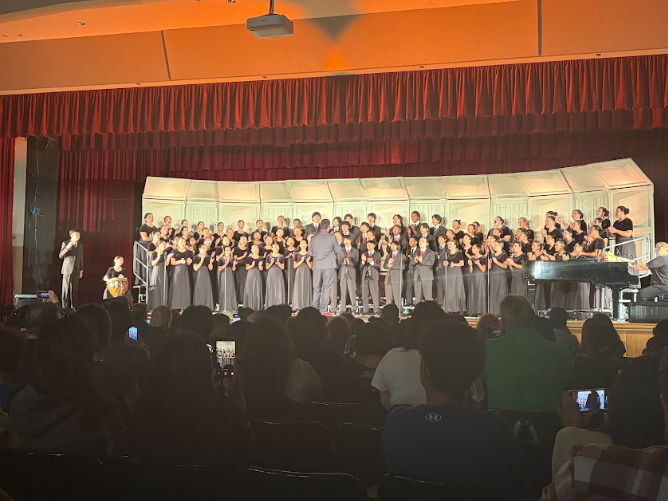




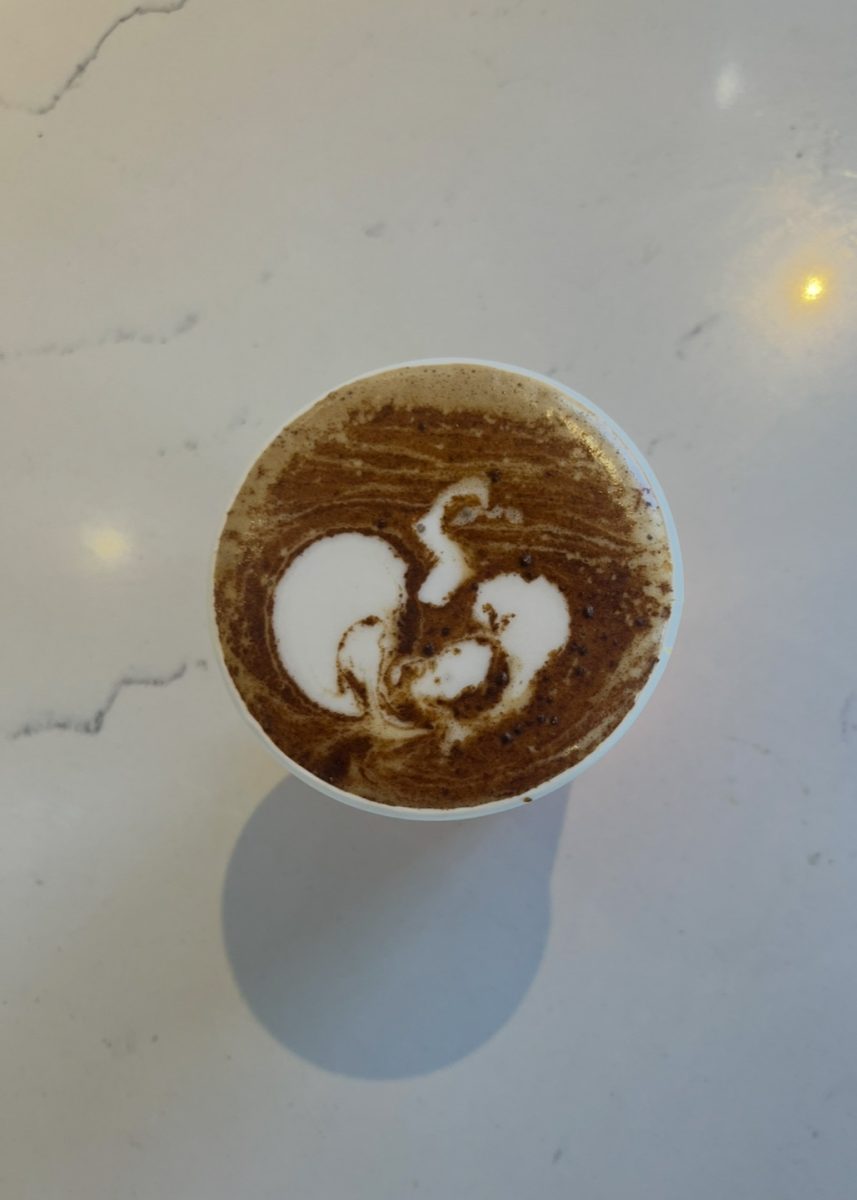
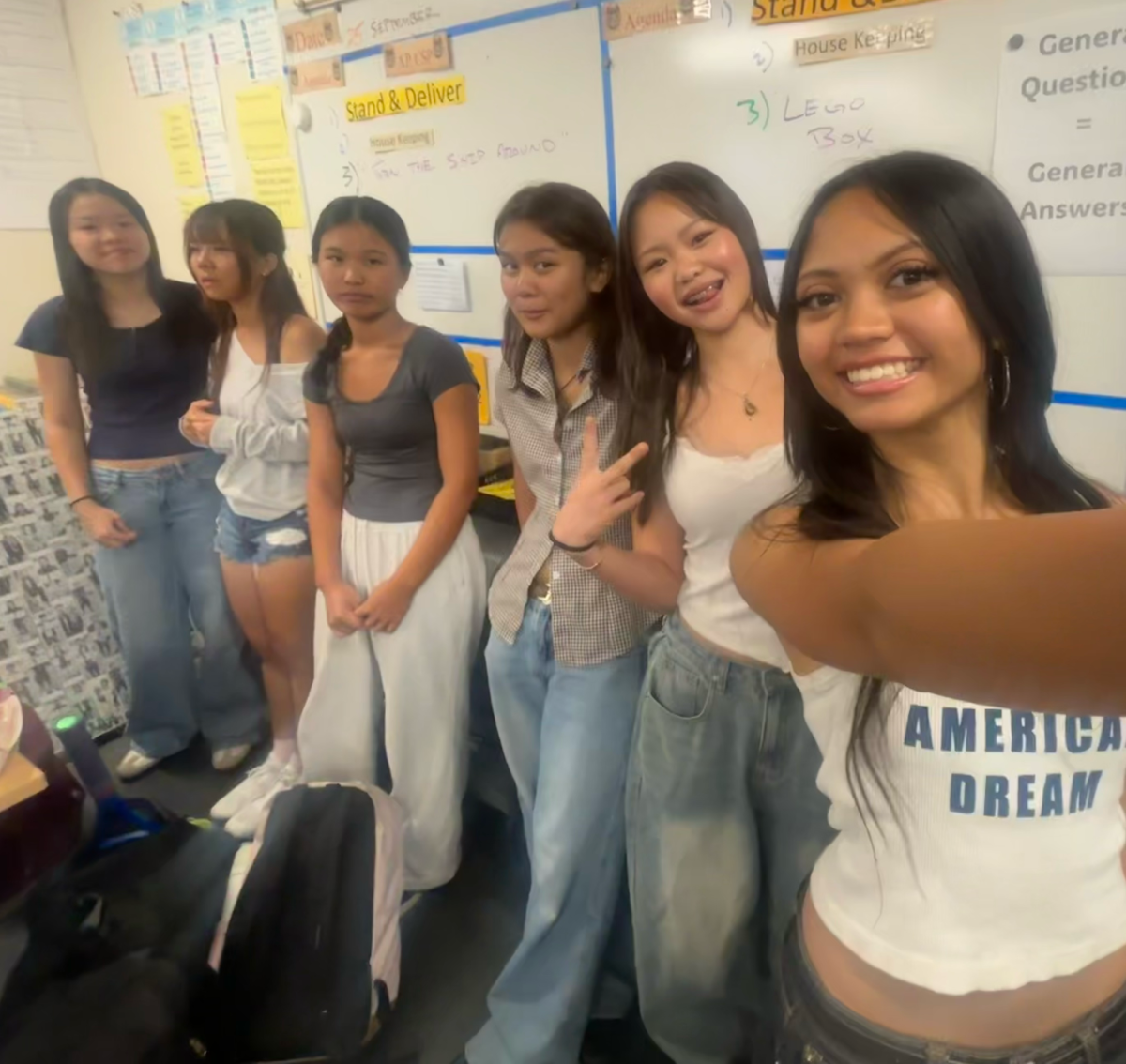



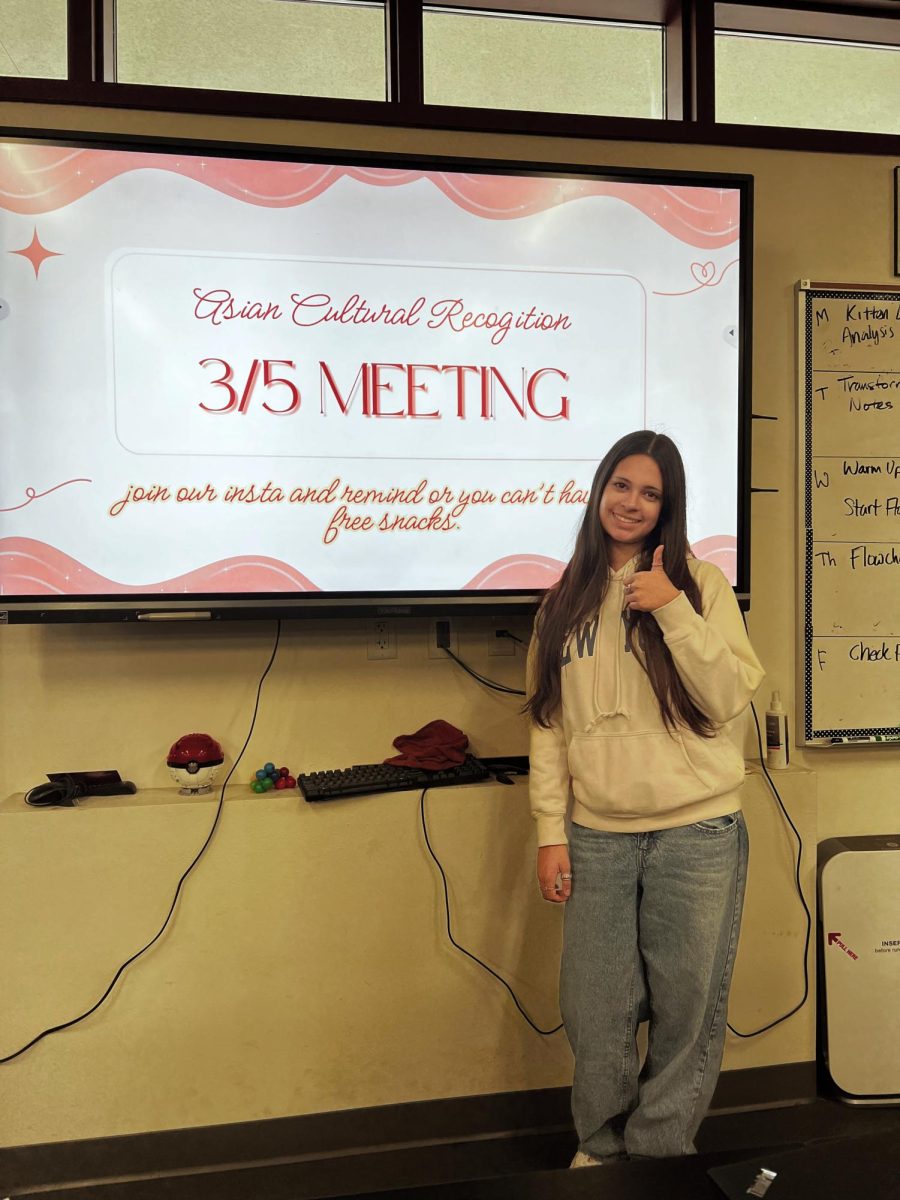




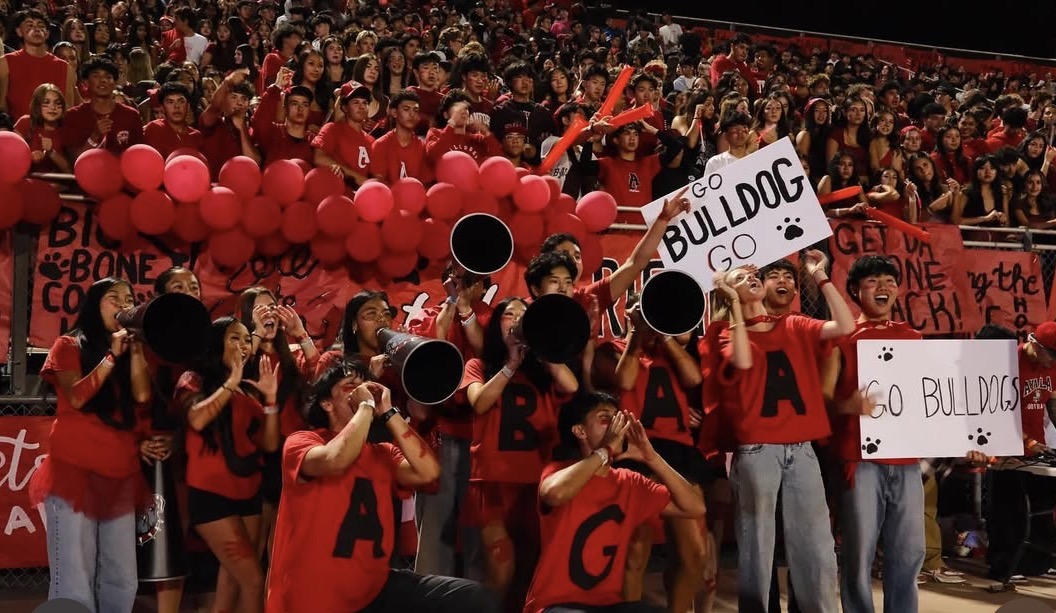

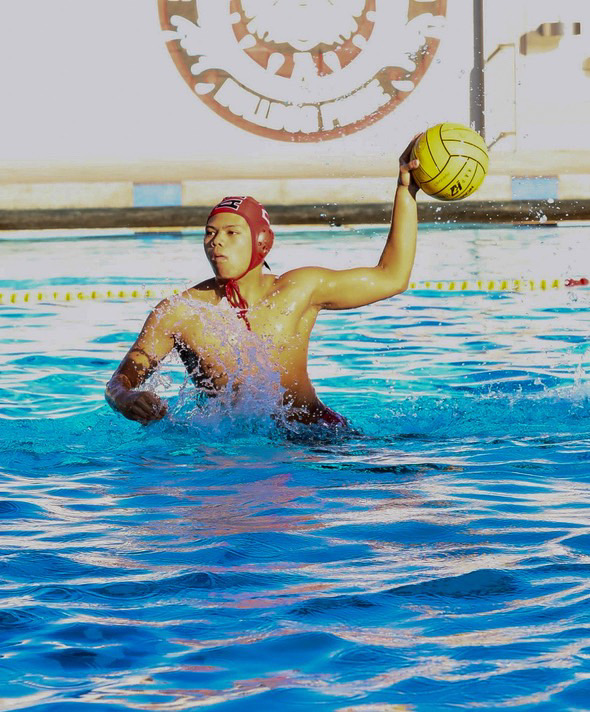

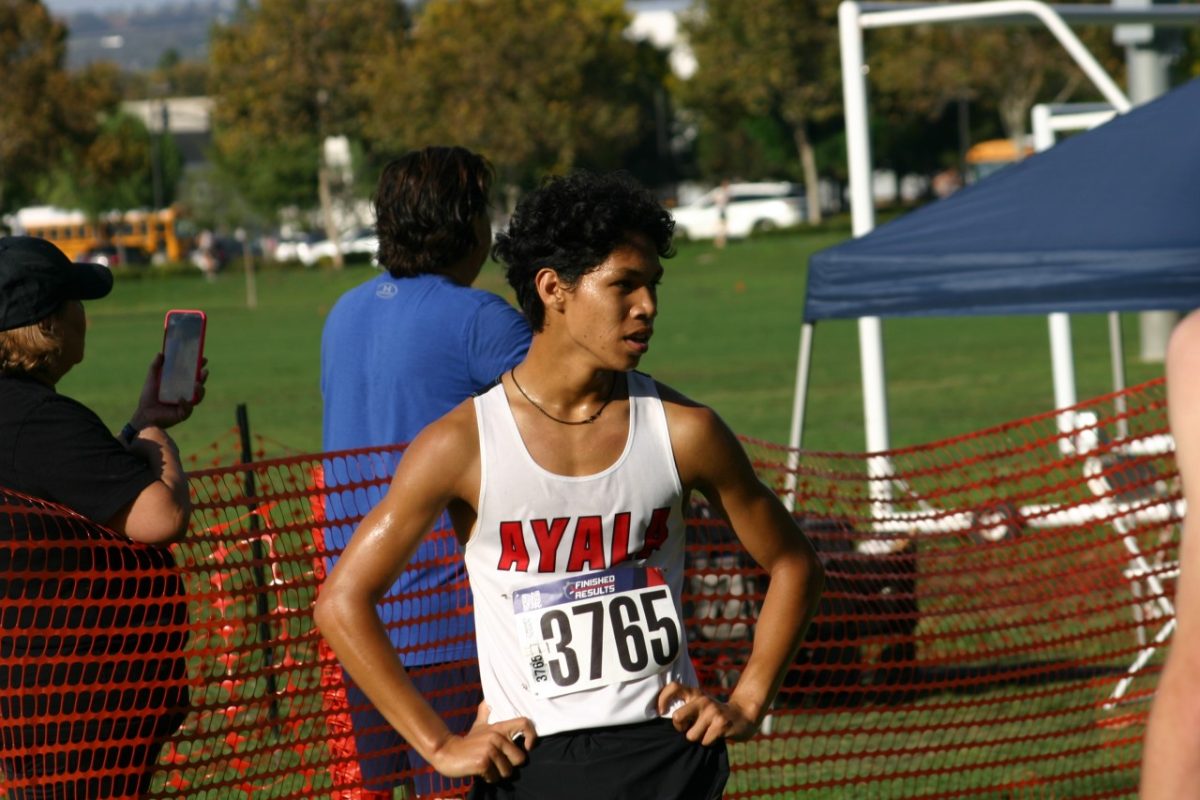
![“I'd say [this season was] successful because I didn't really think I was going to really play much because I'm a freshman. But my coaches took the time and believed in me,” Jonah Boyd (9) said. As a freshman, Boyd has already achieved great success during his first year on the boys Varsity baseball team.](https://ayalabulldogtimes.org/wp-content/uploads/2025/05/IMG_1598-1.jpeg)
